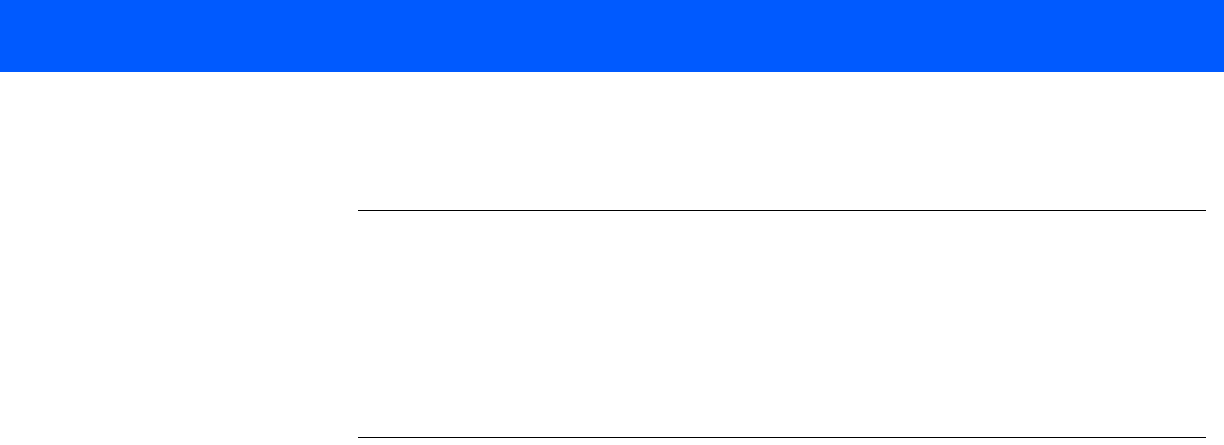
4535 612 34161 HD3 Service Manual Page 149
CSIP Level 1 Troubleshooting: Symptoms, Causes, and Corrective Actions
A “crash” occurs when the system detects an abnormal condition in either the hardware or the
software. A crash is an unexpected software event that causes the system to diaplay an error
message and forces the user to re-boot the system.
NOTE Cycle power at least once a week if a system is left on permanently. (As the user
presses buttons and different parts of the software are used, different segments of “vir-
tual memory” are acquired and released. Virtual memory is handled on the hard drive
and as it is used and released, it is subject to fragmentation. After a while, the virtual
memory area can become fragmented into small pieces, so that there is no longer a
large enough “chunk” for the system to do what is needed. If this happens, the system
can crash.)
DICOM/
Network
Failures
Verify that the DICOM option is enabled (See “Verifying the System Options” on page 76.). If the
DICOM option is enabled, verify that it has been configured correctly (See “Configuring the
DICOM Feature” on page 78.), including the DICOM network test. When you test a network
setting, the system performs two tests, “TCP/IP Ping” to verify that it can connect to the speci-
fied IP address and “DICOM Verify” (C-ECHO command) to verify that it can connect to the
specified DICOM server.
If the TCP/IP Ping test fails, make sure the IP address and port number specified for the system
and for the DICOM server are correct. If the DICOM Verify test fails, make sure the AE Title
specified for the system and for the DICOM server are correct. The AE Title is case-sensitive;
make sure it has been entered correctly.
If the DICOM server is using high-security settings, you may need to add the system AE Title and
IP address to the server’s list of systems that are authorized to access it.


















